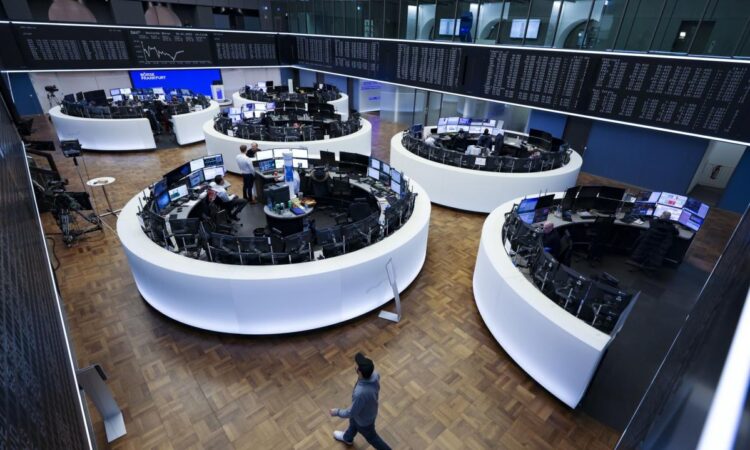
(Bloomberg) — In a year marked by mass client withdrawals and downgrades, investors spent 2022 piling money into funds that managed to keep the European Union’s top ESG designation.
Most Read from Bloomberg
The data, compiled by the European Fund and Asset Management Association, show the EU’s highest environmental, social and governance classification, known as Article 9, drew €26 billion ($28 billion) in 2022. That coincided with bond funds suffering the worst client outflows since the global financial crisis of 2008, while equity funds bled €72 billion, EFAMA said on Tuesday.
ESG fund managers registered in Europe were hit by a wave of corrections in the fourth quarter, as stricter guidance from the bloc’s regulators led the industry to remove the Article 9 tag from €175 billion worth of client assets.
As a result, what’s left of Article 9 funds is cleaner than the pool of such products at the beginning of 2022. Still, the industry isn’t yet living up to the EU’s requirement that the designation be reserved for funds with 100% sustainable investments. A Morningstar Inc. analysis last month showed that only 6.3% of Article 9 funds target between 90% and 100% sustainable investment allocations.
Hortense Bioy, global director for sustainability research at Morningstar, said at the time that she expects the wave of downgrades to continue into 2023.
The Article 9 funds that were reclassified have instead been registered as Article 8, which is a weaker ESG category. EFAMA said managers running Article 8 funds saw €3 billion in net client outflows last year. That shows that investors are already retreating from a fund class that’s now likely to take a hit from proposed labeling rules put forward by the European Securities and Markets Authority.
ESMA wants to impose quantitative thresholds, so that an investor allocating cash to a fund carrying an ESG label should expect that at least 80% actually goes toward ESG goals. If additional sustainability claims are made, the fund manager should be able to prove that a minimum of 50% of the 80% lives up to that label. Morningstar Inc. estimates that only 27% of Article 8 funds would meet ESMA’s sustainability requirement.
ESMA’s so-called Stakeholder Group, an advisory body for the regulator comprised of industry representatives, has warned that the proposed thresholds may have unintended consequences. It recommends that ESMA take a qualitative approach first and then implement thresholds.
The group called on ESMA to create a list of “key” ESG strategies, noting that they are “more diverse than negative screening” and that there’s a need to clarify the various investment approaches.
Separately, the Association for Financial Markets in Europe, said that global ESG funds rose during the fourth quarter of 2022, after three quarterly declines. Funds with an ESG mandate (including mutual funds and ETFs) totaled $7.7 trillion as of the fourth quarter of 2022, an 18% decline from the $9.4 trillion recorded in the year-earlier quarter.
(Updates last paragraph with 2022 ESG global fund data)
Most Read from Bloomberg Businessweek
©2023 Bloomberg L.P.






